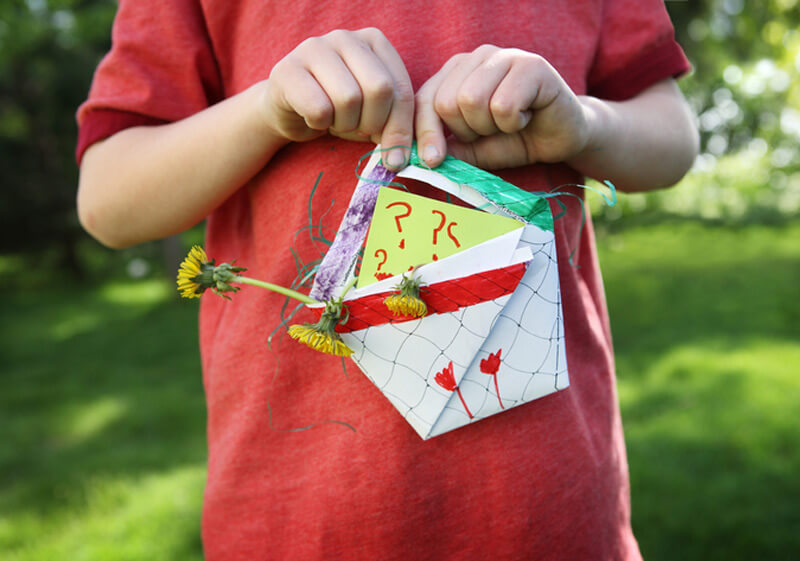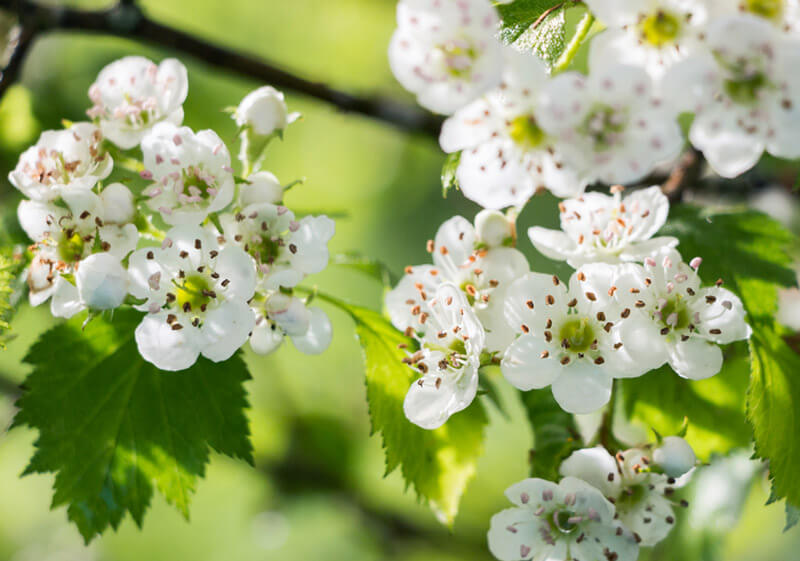May Baskets – Reviving a Tradition
Knock, Knock! Who’s there? Come on out, winter is over – it’s time to come together and celebrate spring!
Once upon a time, the first day of May evoked good tidings and sweet gifts for loved ones and neighbors, from those weary of winter and thankful for spring. May baskets, a tradition dating back to the 1800s and early 1900s, would mark the first of May by hanging baskets of flowers or sweets on neighbors’ doorknobs. They were used to commemorate the turn of chilly and rainy months into warmer and happier ones.
Their origins date back to the pagan festival, Beltane, a rural pre-Christian tradition where families separated by long cold winters would congregate together to celebrate the arrival of spring. Some records even place it as far back as revelry around Flora, the goddess of flowers, in ancient Rome. Regardless of when it began, flowers have remained a symbol of the spring celebration.
The popularity of May Day grew in the late 19th and early 20th centuries. The traditional gift was a small basket, often handmade, with a few flowers and trinkets or other homemade treats, sneakily hung on the front door handle. In more recent years, children have filled baskets with popcorn and candy, decorating the outside with hand-drawn pictures or stickers.
Today, May Day is a somewhat forgotten holiday except by those who still dance around the maypole. It is less observed today as it once was in earlier centuries, with the exception of a few rural areas in the U.S. where it is still fondly remembered and enjoyed. Even in these small communities, it’s a tradition that seems to be dying out. Perhaps the sweet tradition of giving May baskets is ready for a reboot. Make a list of people you want to deliver the baskets to and then go and hang them on doors or place them on the front porch.
Modern-day May baskets can be as impressive or simple as the giver wishes. Traditionally, a May basket would be filled with things found growing in the yard: daffodils, tulips, hyacinth, even tiny violets. For a modern spin, surprise a friend on your block, a coworker, or a teacher with simple stems wrapped in paper and bundled with treats. You can make them as simple or as elaborate as you want. Any version is acceptable, so long as it’s a basket found hanging from the doorknob or sitting on the step.
In this modern day of digital communications, when anyone can send a text to check in with friends and neighbors, it may seem unnecessary to go to such great lengths but the truth may be the opposite. A small act of kindness (like taking time to curate a gift basket with your own creativity) speaks volumes more than any text message ever could.
Heavenly Hawthorn: The Mayflower
The Hawthorn flower is a beautiful, delicate flower with a rich history and symbolism. Also known as thornapple, it is a member of the rose family native to temperate regions of Europe, North America, and Northern Asia. It is believed to have originated in the Middle East and has been used in many cultures for its medicinal properties.
The delicate flowers are white or pink with five petals that are said to represent the healing power of love, while its thorns remind us that even the most beautiful things can have sharp edges. The flower is said to help with intuition, creativity, and psychic abilities. It is helpful in times of need and is used for its ability to help you connect with your higher self.
The small berry-like fruits – known as “haws” – are extremely tart but can be made into jams and jellies, while the leaves, flowers, stems, and even the bark — have long been used by herbalists to aid in digestion, sedation, and to treat cardiovascular issues. The first study on Hawthorn, published in 1896, reported on 43 patients suffering from various forms of heart disease who were treated with Hawthorn with promising results. Even today the modern medical establishment has taken note, researching the plant’s effectiveness at helping individuals with heart disease.
There is a great deal of folklore surrounding this humble plant. In the Celtic tradition, the Hawthorn tree is a sacred tree associated with the ancient festival held for Beltane, which was a celebration of the start of Spring. In pre-Christian Europe, it was used for magical rune inscriptions. In Britain, Hawthorn was associated with faeries and was believed to mark the entrance to their world. During the Middle Ages it was employed as treatment for dropsy, a condition that’s now called congestive heart failure.
Today, the Hawthorn flower is still used in many cultures for its medicinal properties and is also a popular choice for bouquets and arrangements. It is widely regarded as a symbol of love, faith, hope, happiness, fertility and magical enchantment. Some of the most popular uses with the Hawthorn flower are:
· Protection: In ancient times, it was used to ward off evil spirits and protect homes and families. Today, it is still seen as a symbol of protection and is often given to loved ones as a sign of love and care.
· Healing: Its gentle petals are said to represent the healing power of love. The Hawthorn flower is often given to those who are recovering from an illness or injury as a way to wish them a speedy recovery.
· New beginnings: The Hawthorn flower is also known as the Mayflower, due to its blooming season. This makes it the perfect symbol for new beginnings, fresh starts, and hope for the future. To show someone your support as they embark on a new journey, give them a bouquet of Hawthorn flowers!


